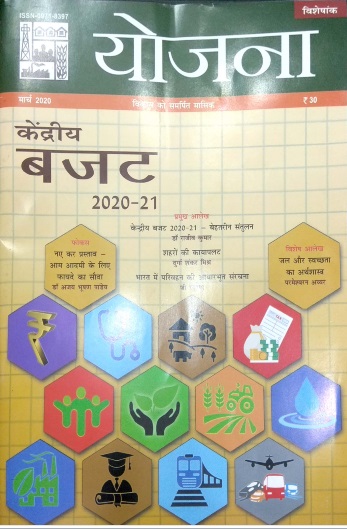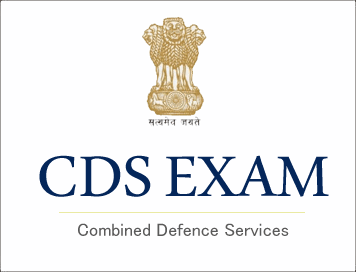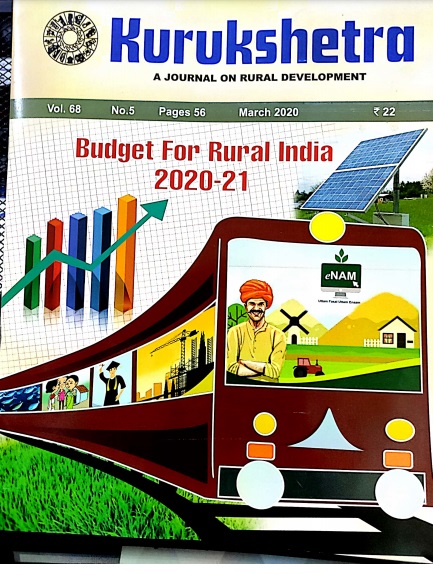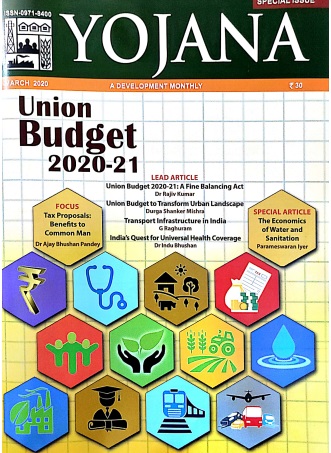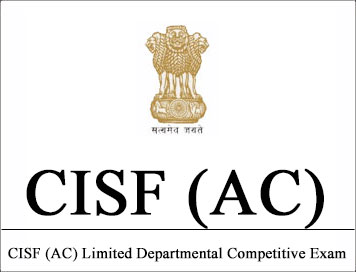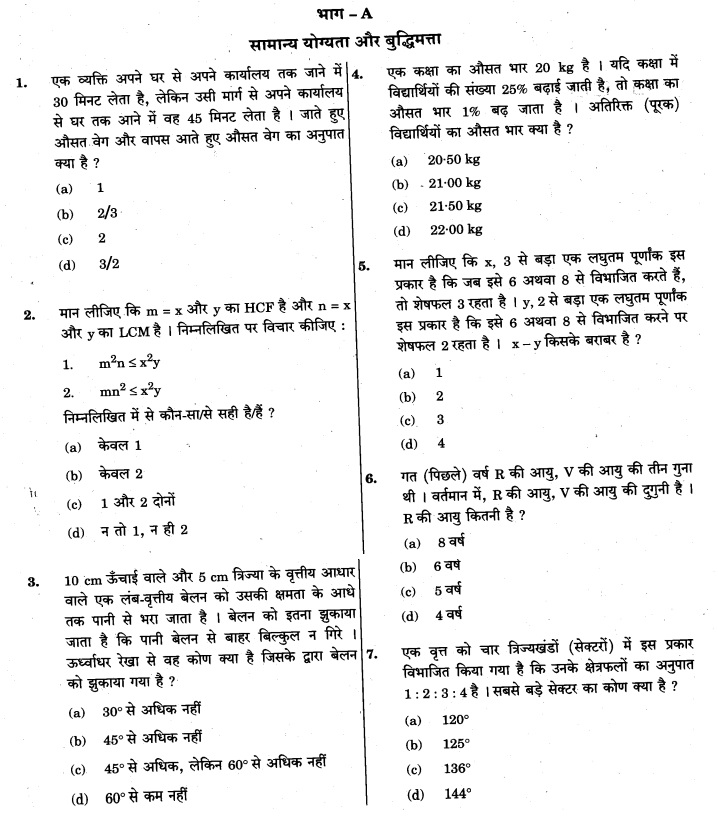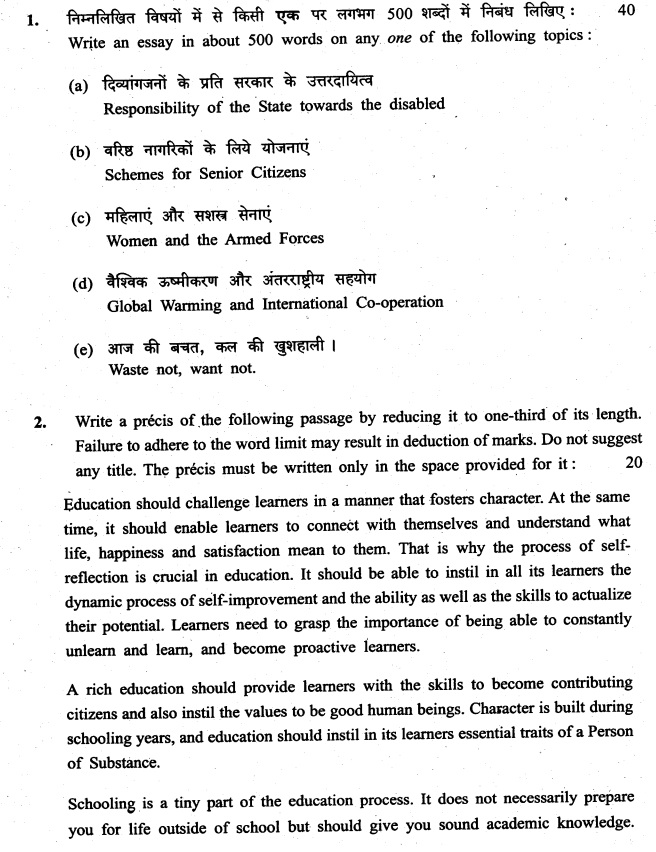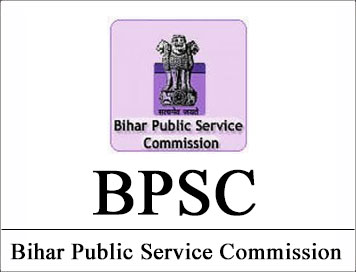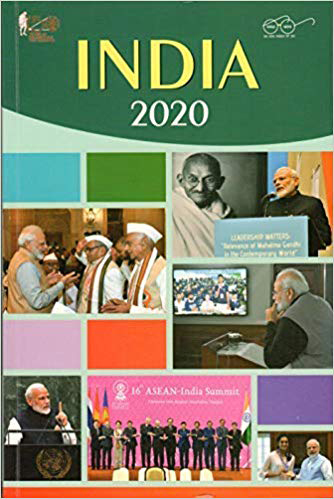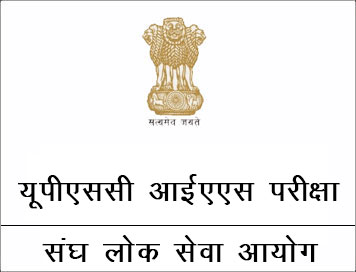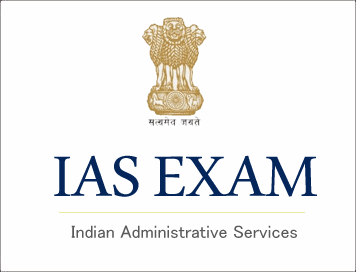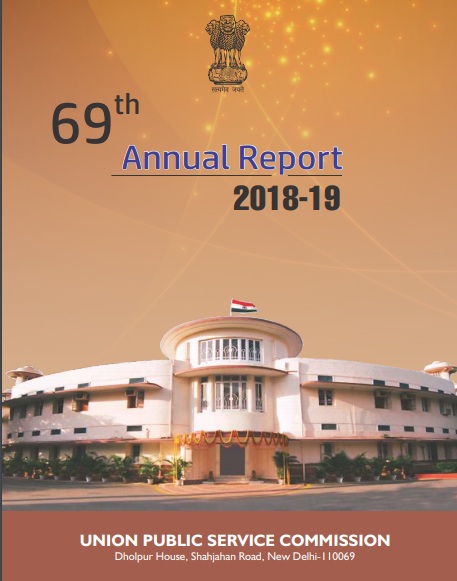
(Report) UPSC 69th Annual Report 2018-19 (English)
Contents
List of abbreviations ----------------------------------------------------------------------------- (ix)-(x)
Composition of the Commission during the year 2018-19 ----------------------------- (xi)
List of Chapters
1. Highlights 1-3
2. Brief History and Workload over the years 5-11
3. Recruitment by Examinations 13-18
4. Direct Recruitment by Selection 19-24
5. Representation of candidates belonging to Scheduled Castes,
Scheduled Tribes, Other Backward Classes and Persons with Disabilities 25-28
6. Recruitment Rules, Service Rules and Mode of Recruitment 29-31
7. Promotions and Deputations 33-40
8. Disciplinary Cases 41-43
9. Non-acceptance of the Advice of the Commission by the Government 45-64
10. Delays in implementing advice of the Commission 65-67
11. Administration, Training and Finance 69-70
12. Miscellaneous 71-76
Acknowledgement 77
List of Appendices
1 Profiles of Hon’ble Chairman and Members of the Commission. 79-88
2 Recommendations made by the Commission – Relating to suitability of candidates/officials. 89
3 Recommendations made by the Commission – Relating to Exemption cases, Service matters, Seniority etc. 89
4 Examinations conducted by the UPSC in the year 2018-19. 90
5 Examinations conducted by the UPSC in the year 2017-18 but completed/finalized in the Year 2018-19. 91
6 Number of candidates recommended during the year 2018-19 through reserve list in respect of Examinations in which reserve list rule is applicable. 92
7 Services covered by the Examinations held during the year 2018-19. 93-95
8 Comparative statement showing the medium of Examination (Indian Languages/English) of candidates who appeared in Civil Services (Main) Examinations – 2017 and 2018. 96-100
9 Civil Services (Main) Examination – 2017: Profile of Candidates. 101-113
10 Engineering Services Examination – 2018: Profile of Candidates. 114-123
11 Indian Forest Service Examination – 2018: Profile of Candidates. 124-131
12 Number of Engineering, Medical, Scientific and Technical and NonTechnical posts, Ministry-wise, which were advertised during the year 2018-19. 132
13 Engineering posts, Discipline-wise, for which recruitment were finalised during the year 2018-19. 133
14 Scientific and Technical Posts, Discipline-wise, for which the recruitment were finalised during the year 2018-19. 134
15 Non-Technical Posts, Discipline-wise, for which the recruitment were finalised during the year 2018-19. 135
16 Medical Posts, Discipline-wise, for which recruitment were finalised during the year 2018-19. 136
17 Computer Based Recruitment Tests and Recruitment Tests held during the year 2018-19. 137-138
18 Bulk Recruitment Cases finalised during the year 2018-19. 139-141
19 Statement showing Cadres where no Select List of 2017 in r/o IAS (SCS), IPS & IFoS Cadre and IAS (N-SCS) was required to be prepared – Nil vacancy/None eligible. 142
20 Induction into the All India Services –Meetings held during the year 2018-19. 143-144
21 RSCM held in 2018-19. 145-146
22 All India Services – Selection Committee Meetings not held during the year 2018-19 in respect of Select Lists of 2017. 147-148
23 Ministries/Departments/Union Territories who did not forward the half-yearly returns of ad-hoc appointments made to Group ‘A’ and Group ‘B’ posts/services during the year 2018-19. 149-152
24 Ad-hoc appointments to Group ‘A’ and ‘B’ posts/services in the Ministries/Departments which continued beyond a period of one year during the year 2018-19 and reported to the Commission through half yearly returns.153
25 Statement showing Ministry/Department-wise break-up of vacancies reserved for Scheduled Caste/Scheduled Tribe officers and the number of Scheduled Caste/Scheduled Tribe officers recommended for appointment against reserved/unreserved vacancies by the Departmental Promotion Committees for the year 2018-19. 154-155
26 Recruitment of candidates belonging to Scheduled Castes/Scheduled Tribes/Other Backward Classes against vacancies reserved for them on the results of the Examination held/completed in 2018-19. 156
27 List of posts reserved for Scheduled Castes/Scheduled Tribes/Other Backward Classes for which no such candidate applied during the year 2018-19. 157
28 Number of Scheduled Castes/Scheduled Tribes/Other Backward Classes candidates recommended against unreserved vacancies under Direct Recruitment by Selection during the year 2018-19. 158-160
29 Disciplinary cases dealt with during the year 2018-19. 161
30 Ministry-wise details of the advice tendered by the Commission, in disciplinary cases during the year 2018-19. 162-163
31 Statement showing the number of cases where the Recruitment Rules were not notified by the Government and the period of delay (position as on March 31, 2019) 164-168
32 Posts/Services excluded from the purview of the Commission since the issue of the UPSC (Exemption from Consultation) Regulations, 1958. 169-173
33 Cadre and Group-wise strength and detailed break-up of staff strength of posts of the Commission 174-179
34 Organization Chart of the Commission (as on March 31, 2019) 180-181
35 Representation of Scheduled Castes, Scheduled Tribes & Other Backward Classes Employees and Persons with Disabilities. 182-183
36 Statement showing the receipts and expenditure of the Union Public Service Commission during the year 2018-19. 184
37 List of former Chairmen and Members of the Commission. 185-192

